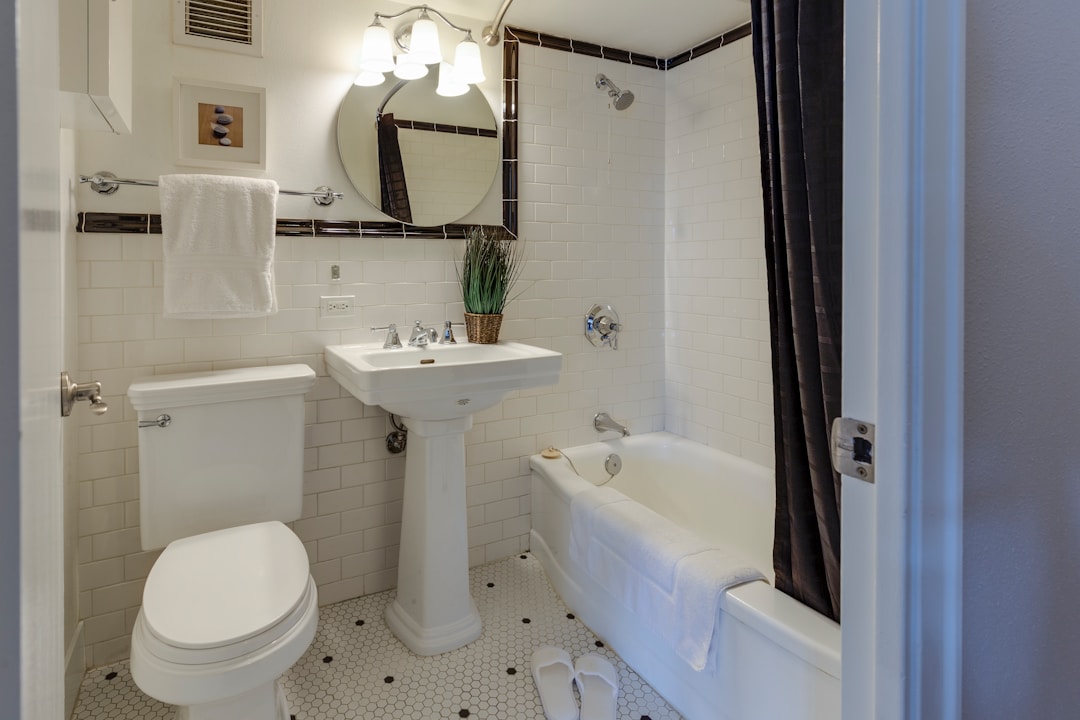You’ve probably noticed that your energy bill has been larger than usual thanks to home becoming home, office, and school. As things get back to normal, it will certainly have an impact on your expenses. However, that doesn’t mean you can send that bill dipping down even further with some more energy-efficient practices. Here are four ways to get your home to a greener level.
1. Smarter HVAC Practices

One of the easiest ways to improve the energy efficiency in your home is to have a better understanding of your home’s HVAC unit. Acting as a furnace for the winter and an air conditioner in the summer, you depend on that system year-round. The simplest way to improve your energy efficiency is by keeping this unit off when you don’t need it. Opt for opening windows and creating some cross-ventilation in your home. You could also invest in a programmable thermostat, which will allow you to set when the heat or AC is triggered. This avoids keeping the system running all day while you’re at work just to come home to comfort.
Proper HVAC maintenance will also help your energy savings. Cleaning out ductwork regularly and replacing filters will allow for strong airflow, as dust and other contaminants aren’t blocking the ventilation system. If you allow that to crud up your lines, you’ll find yourself cranking your thermostat up and down, putting more pressure on your HVAC system, and sending your utility bill soaring.
2. Proper Home Insulation

It may surprise you how a leak or a crack in your home can affect your home’s energy efficiency. Air leaks in the attic can bring in cold air during the winter months, leaving you relying on your heater much more than you normally would. You may have even noticed where cold air is slipping in through single-pane windows and doors. Using caulk to lock these window frames and panes properly will keep heat indoors and avoid energy loss during the winter months.
Your home’s wall insulation will also keep that warm air locked in. Homeowners should especially consider replacing the insulation and linings if they have an older house. While installation can be costly, it will help your home’s heating bill in the long run and become an energy-efficient upgrade for a home renovation.
3. Water Heating and Fixtures

Believe it or not, your toilet can actually impact your home’s energy efficiency. Low-flow fixtures can help improve the distribution of water throughout your bathroom or kitchen. If you have an older water heater in your home, it may time to consider an upgrade. Tankless water heaters are an effective solution that will allow you to have hot water on-demand without letting it sit in a gigantic drum, getting cold, and acquiring sediment and crud over time.
While tankless heaters may be a pricier installation, these units have a greater lifespan than traditional water heaters and require far less energy. Be sure to look into a tankless system that matches your water consumption. A new water heater will use less water and save you on that particular monthly utility bill.
4. Energy Star Appliances

If you are considering some home renovations, be sure to consider Energy Star appliances that limit energy usage when in operation. With the seal of the approval of the United States Department of Energy and the Environmental Protection Agency, appliances from dishwashers to microwaves and ovens to air conditioners can help boost a home’s efficiency and reduce energy consumption.
The Energy Star label is even available for light bulbs and ceiling fans, allowing less electricity to be used each time you flick on the switch. Replacing the old appliances can actually save you on your energy bill in the long run, and you even can afford tax credits in certain circumstances.

